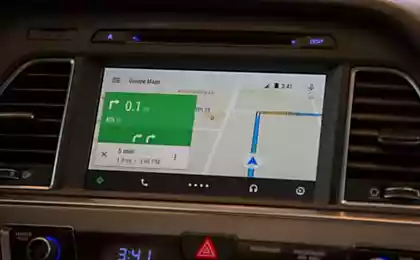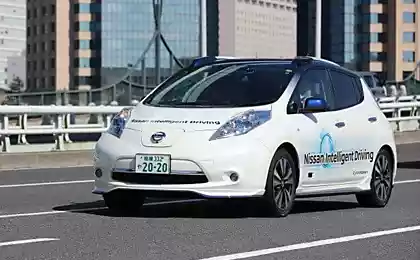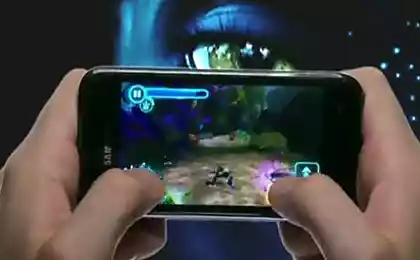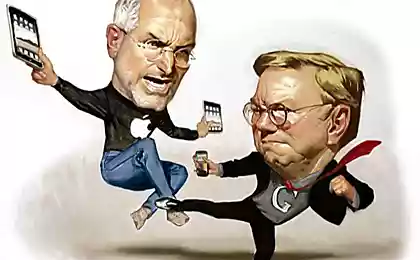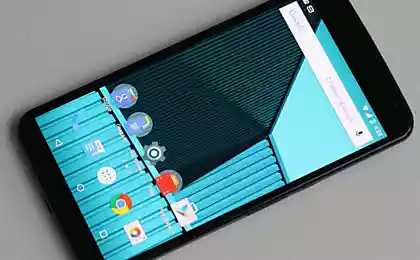2120
A century or two experiments future of automotive electronics
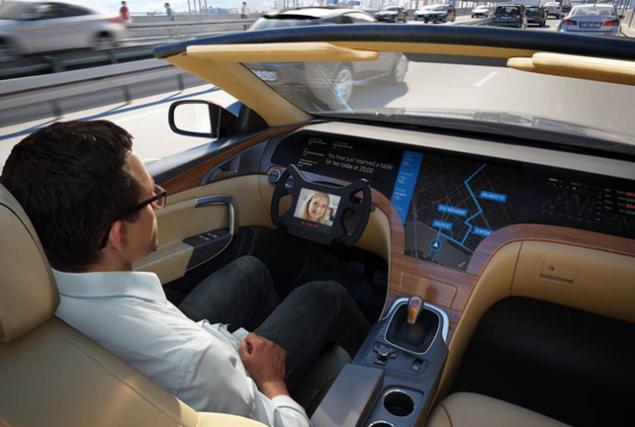
As we promised, after stories avtoelektroniki it is time to find out what kind of electronics worth the wait in cars in the near future. Let us try to imagine what other gadgets and technology may become as familiar as a car or DVRs.
Wireless & networks in the car h4> 
Manufacturers of semiconductor solutions for the communications have produced special versions of chips for cars designed for in-car infotainment systems. Depending on the need, using a bunch of Wi-Fi + Bluetooth, media center car can communicate with wearable electronics owner (we are talking about the future, where the options wearable electronics can be even greater than current smart watches) and depending on the information received or unlock the car to warn of the danger.
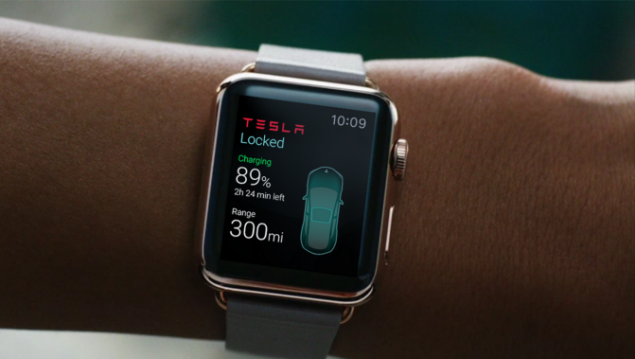
Even more interesting use of different combinations of wireless networks will need to become a system like V2X - providing for the exchange of data between the vehicle and the surrounding infrastructure. Vehicular communication systems - car communication system involving the exchange of information between vehicles (data about the accident, the traffic situation, traffic jams, etc.), providing an opportunity to better manage the traffic situation in general, by providing information to all participants. There are already several options for implementing such networks short-range communication (DRSC). Technically, they must operate in the frequency range of 5.9 GHz (5.85-5.925 GHz), with an exemplary range of up to 1000 meters. This standard is known as IEEE 802.11p (WAVE), and was approved in 2010.
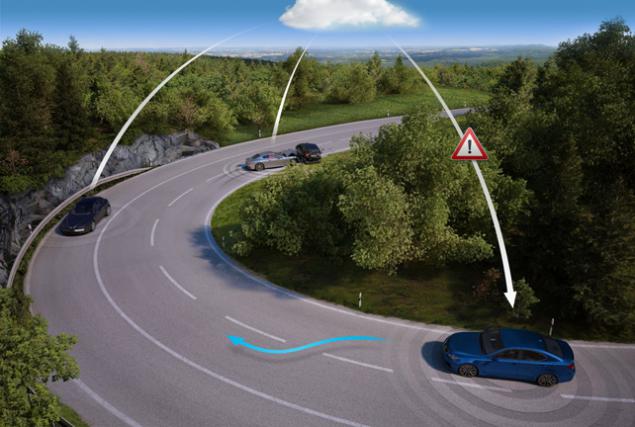
In 1999, the rate in the US was assigned to create intelligent transport system (ITS). ITS future can be considered as a system, which uses information and communication technologies in the field of road transport (including infrastructure, vehicles, participants in the system, as well as traffic regulation), and having, along with the opportunity to interact with other modes of transport. For the operation of such systems may also be used conventional technologies WiMAX, GSM, 3G or 4G / 5G. Considering the currently existing variants of solutions for wireless networks in the car, you can safely assume that the link or the "Connections" car to the global network, in one form or another virtually inevitable.
Mobile operating systems for cars h4> 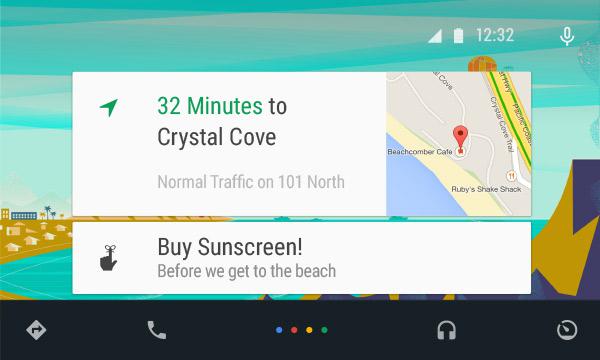
Modern motorists not to surprise the media center running on Android OS. Most often you can find Android on the head unit of the car (if you're using a modern DVR, the Android can be found even ... in the rearview mirror CANSONIC SKY ).

In fact, however, the companies' plans extend much further example of such solutions of the future may be called Android Auto, provided by Google in 2014. With the support of twenty-eight car manufacturers and the company Nvidia, optimized for the car "mobile" operating system is fighting for the right to make a revolution among the "zoo" of various proprietary operating systems in the media center. Somewhere we have seen, is not it? Just as Android smartphones eventually ousted own operating systems from different manufacturers, you can bet on a repeat of this scenario on the cars. In the current system already has a good functionality - supports GPS navigation, music playback, SMS, telephony, web search, touch screens and the ability to control the hardware switches and buttons, along with voice control. At the moment, Android Auto relies on the presence (and connection to the car) of the basic Android-based device driver, speaking more interface for easy integration usual smartphone features in cars. This approach has its advantages - taking into account the update rate and the increasing power of modern mobile platforms, lack of self-built (and therefore obviously aging every year) electronics will enable the production of new functions simply by connecting the new smartphone. The car acts as a "normal" dock - maybe now it sounds strange, but in the future, such a scenario is not excluded.
Unmanned vehicles and electric vehicles h4> 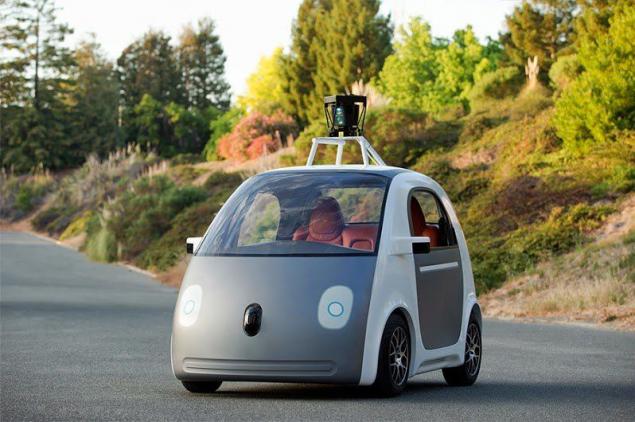
Of course, what kind of a future without self-cars! However, almost everyone who is currently self-governing cars are very different from the classic cars with manual control, expects a slight disappointment. The only modern concept car "without a rudder pedals and" became self-governing cars from Google. Most self-concepts (including those who have qualified for movement on public roads in some US states) suggest the possibility of returning to manual control at any time. Thus, for the driver and passengers to use government does not bring major changes in the external car interior. Modern self-governing automobiles achieve significant successes, such as this year's self-guided vehicle able to overtake the driver-driver, however, the advantage was very small - only 0, 4 seconds.
This situation is repeated for electric vehicles and hybrids. If you do not take into account your company stand apart Tesla, automakers are striving to unify the experience of using electric vehicles, hybrids and vehicles with internal combustion engines. So in many cases to distinguish from normal electric cars (except for the sound of the motor) is possible unless supplementary charge indicator on the instrument panel and the presence of the charging jack instead of the fuel tank neck.
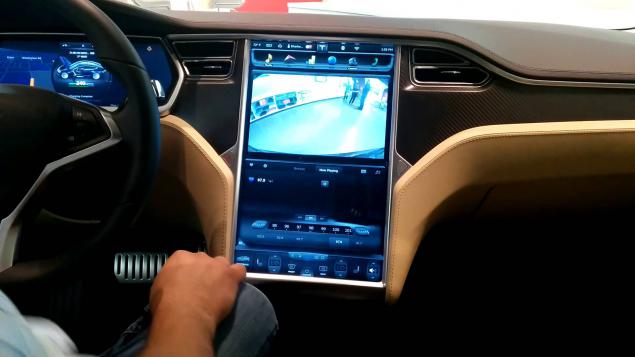
But there are examples to the contrary. Manufacturers such as Tesla Motors (as well as many prototypes autoexhibition 2014-2015) allows us to rethink options for head units. It is still not surpassed the record, 17 & quot; touch screen with a resolution of 1920x1080 in cars Tesla replaces the driver and control panel and a media center. Do not dwell on it too much detail, because to read a detailed review of this system can be on Habrahabr'e .
Holographic HUD displays h4> 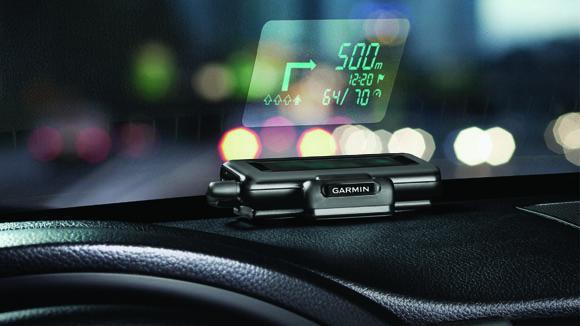
Back in 2006, the company Light Blue Optics Ltd announced the acquisition of licenses for the production of full-color holographic laser projectors. The technology was invented by Edward Buckley and Adrian Cable in 2003 at the University of Cambridge. Beginning in 2009, the system began to be adapted for use in displays that do not require driver distraction from the road (head-up display, HUD). Options for projecting an image on the windshield of the car there is a set - this full-color laser hologram and significantly simpler solutions (reflection mirror image of bright monochrome display on the glass). While automakers are in no hurry to equip all new models HUD displays, but such examples - in 2014 a system was Range Rover Evoque, and Ford is betting system MISHOR 3D, with similar features. HUD displays reliably won the windshields of aircraft (primarily military), but in the cars of the future (especially self-) such a system information output will look more than appropriate.
Augmented Reality in cars h4> 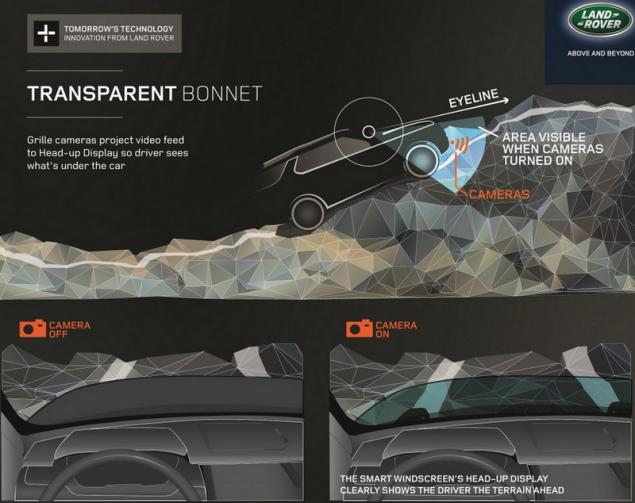
Why limit the area of possible projection windshield? About such arguments were guided by the authors of modern concepts of augmented reality systems. This system «transparent hood» in cars Land Rover (the system allows the driver to see the road surface, which in normal conditions is hidden, is implemented with by cameras and projectors inside the car) and the concept of the virtual screen with "tips" on the necessary path of travel (just like in the video game series NFS Shift).
More extravagant solution is fully transparent concept car Japanese Keio University. In the back seat of the car it becomes transparent, so as not to obstruct the driver's view when reversing. Rear of the vehicle is a projector that projects the image onto a reflective screen located between the two front seats and a little behind them.

When the driver turns back over his shoulder, he saw little real rear view of the car, but only through augmented reality. The concept is certainly interesting, but obviously did not consider the presence of passengers in the car. Most likely, these systems still win cars of the future, in one form or another by projecting an image in the form of augmented reality.
Alternative methods of control h4> Besides voice control, or enter the desired route through the touch screen (in a hypothetical future self-governing car) car manufacturers are experimenting with more exotic ways of management - including the management of gestures. Even in 2012, Mercedes-Benz, presented the concept salon called DICE (Dynamic & Intuitive Control Experience).
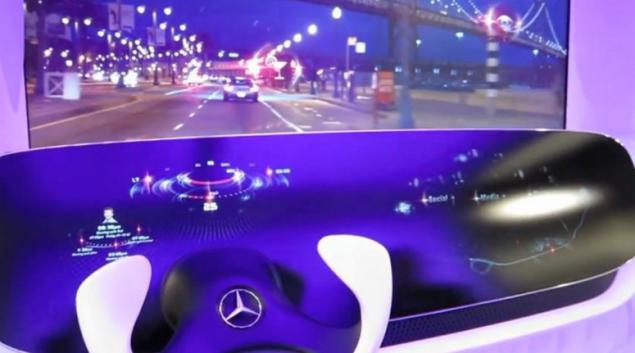
Instead windshield proposed to use the display, using sensors to track the position of the hands of the driver or front passenger in space and monitor her movements, for adjusting the auto functions. Even with a high-resolution screen, it is unlikely drivers will soon agree to use them instead of the windshield. System control gestures in the same year demonstrated and Audi, but there it was used for regime change HUD display. So in addition to sensors, watching wearing seatbelts or the presence of passengers in the cabin, the cabin of the future can be expected where the presence of a large variety of "tracking systems", like Leap Motion.
Social networks and future cars h4> 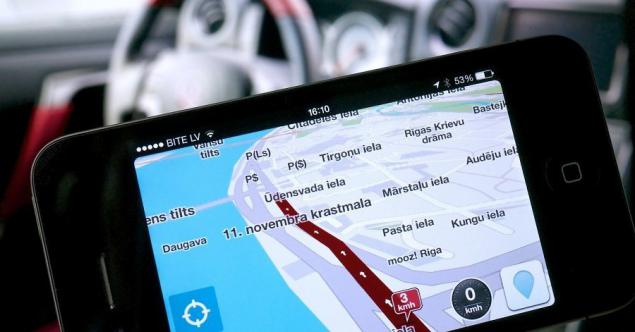
Today social networks and services "for motorists" can significantly influence the situation on the road. Examples abound - such as application Waze (crowdsourcing project on the basis of user data by which the project participants will learn about problems on the roads) drew attention to even the police, acting as a criticism, and with approval. To notify the whereabouts of patrols caused concern for the safety of law enforcement agencies officers. Examples of social interactions at the level of "car-car" or "vehicle-infrastructure" can take many forms - this loyalty program from gas stations, complimentary elektrozapravki for electric vehicles, optimization of parking spaces in the city, depending on occupancy, of a taxi without a manager, "geymifikatsiya "and" achievements "(eg Earning points for safe driving) using the car. Most of these functions are not surprising in itself, but they certainly will evolve in future cars.
Epilogue h4> Of course, guess what will be cars or electronics in a few decades with great reliability almost impossible. It is obvious that the Car Electronics expects a qualitative leap, because every year at the auto show concepts begin to resemble real "cars of the future," we were only in works of fiction. It remains only to wait a bit and we'll see what other technologies of the future will seem as familiar to us as the receiver or DVR.
Source: geektimes.ru/company/cansonic_russia/blog/246010/
Oculus Rift offer a look at the world through the eyes of a person with schizophrenia
As they saw George Martin














